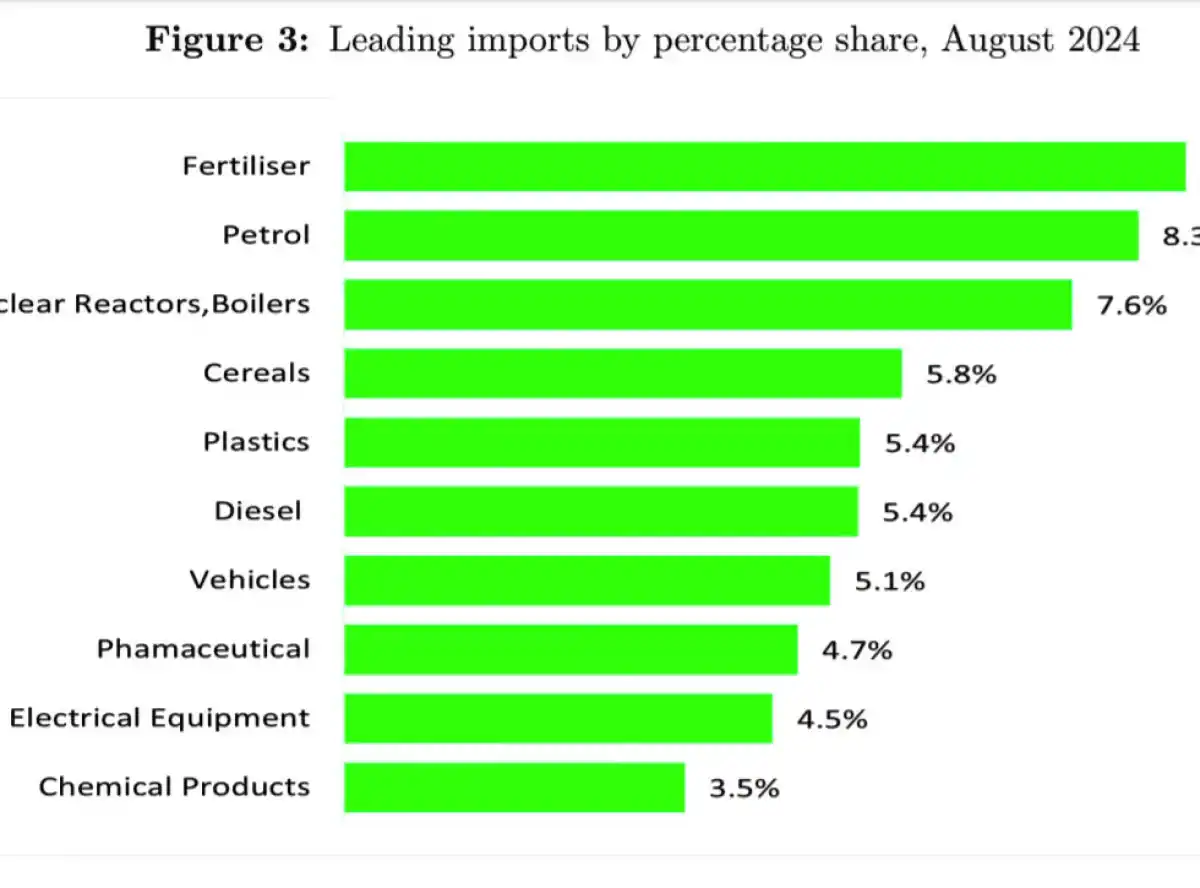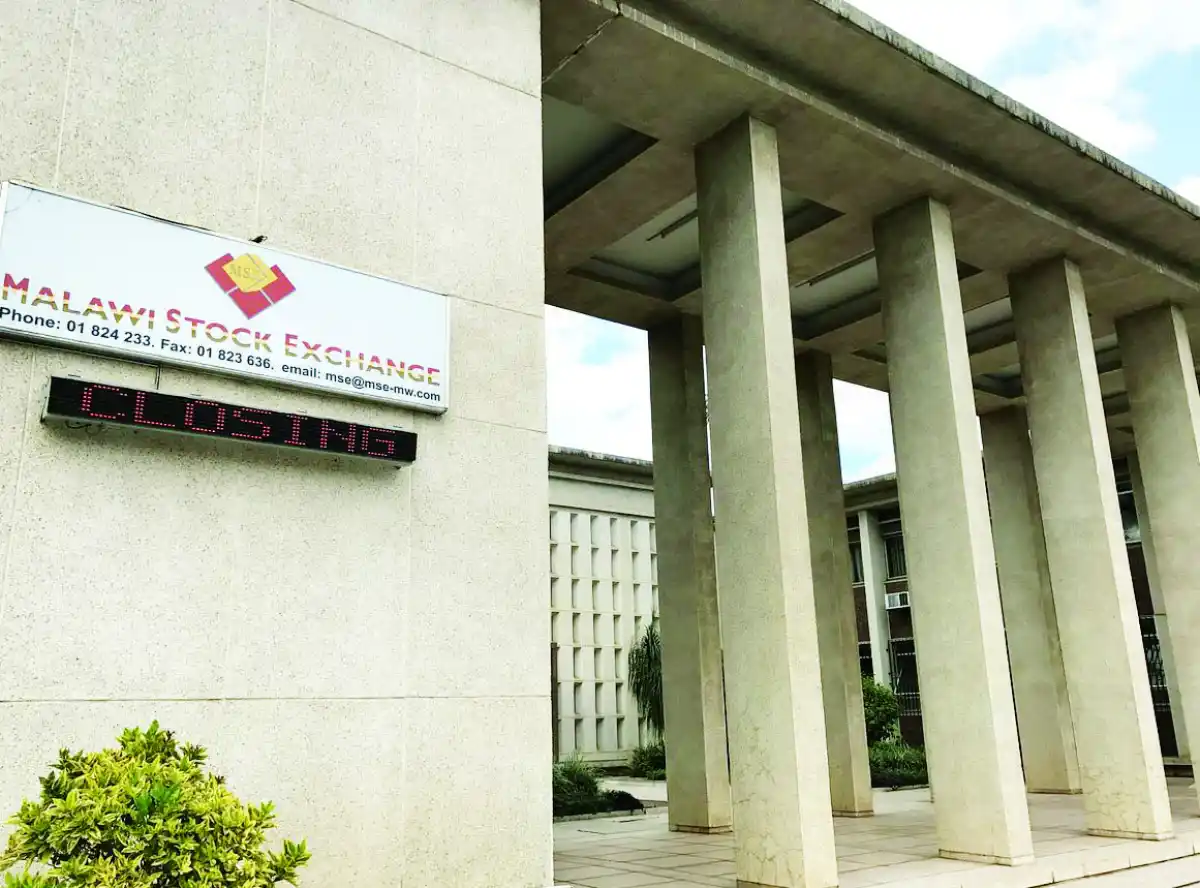
Kingsley Jassi:
Malawi’s international trade performance continues to deteriorate as the trade balance grew to K2.6 trillion (about US$1.48 billion) within the first eight months of the year.
This is according to figures compiled from monthly trade updates by the National Statistical Office (NSO) and the Reserve Bank of Malawi.
The period under review has seen Malawi importing goods worth K3.5 trillion (about $2 billion) against exports worth K917.7 billion (about $524 million), creating the K2.6 trillion trade balance.
This compares to about K2.3 trillion worth of imports during the same period last year against K581 billion worth of exports that left a K1.7 trillion trade balance.

Minister of Industry and Trade Sosten Gwengwe attributed this surge of import value to the weak local currency that is financing high value import products like fertilisers, petroleum products and electronics.
He admitted that the production base was small against the supply pressure, coupled with the appetite for imported goods against locally produced goods.
“Fertiliser imports are high at the moment and these are high value imported products. But it’s also about production, we need to create a good environment for producers and there are efforts already under way,” Gwengwe said.
He bemoaned the mentality of some Malawians who opt for imported products despite having locally produced alternatives.
“We should only import necessary imports and not luxuries. We believe that Malawians should be aggressive in buying our locally made products. The quicker we start buying locally, the quicker our trade balance starts to narrow,” Gwengwe said.
With low exports against imports exerting pressure on foreign reserves that are on the downward curve, the central bank has also noticed a surge in imports this year as compared to last year.
In a recent interview, RBM spokesperson Mark Lungu said demand for foreign exchange had been on the higher side this year compared to the previous years and this explains the current position.
Malawi’s annual trade balance since 2018, as provided by the NSO data, had grown by 66.6 percent as of 2023, closing the year from K2.5 trillion from K1.5 trillion.
The NSO trade statistics for August, for example, had the top 10 imports taking up 59.1 percent of all imports and some of these imports include fertiliser (8.8 percent), petrol (8.3 percent), nuclear reactors/ boilers (7.6 percent), cereals (5.8 percent), plastics (5.4 percent), diesel (5.4 percent), among others.
With decreased agricultural production in 2023, the country’s industrial output and exports are expected to decline as the agriculture sector contributes significantly to the country’s export base.
This follows earlier shocks that have been affecting the country’s industry.








0 Comments